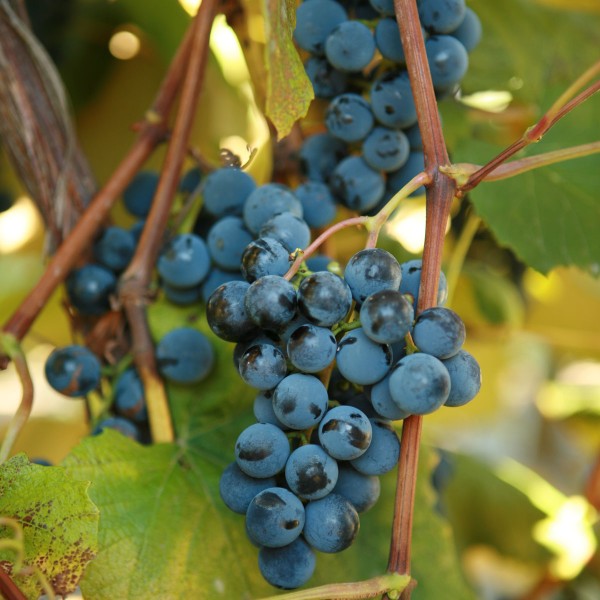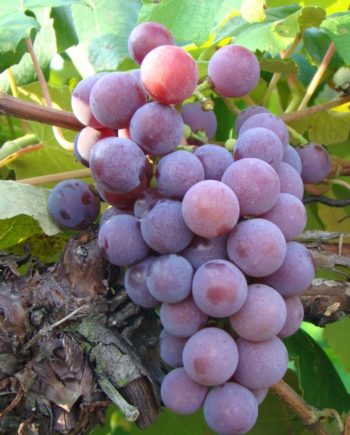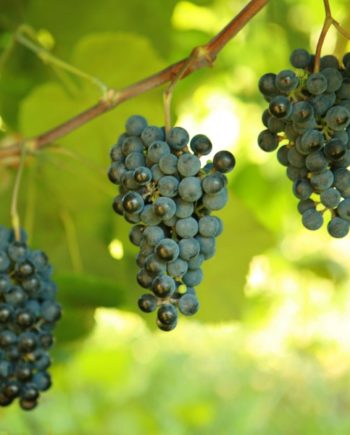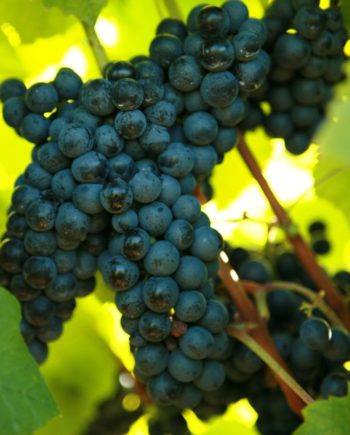Description
Concord is the most famous American grape, described by Horace Greeley as “the grape for the millions” with medium-sized clusters bearing large blue-black berries. Concord grapes are tough skinned, flavorful and highly aromatic – an all purpose grape used to make grape jelly, juice, and grape flavored soft drinks. Concord is used for kosher wines and as a varietal or blender for sweet wines. 2
We pick the grapes. Crushing and destemming are provided FREE if you want. You must bring your own containers.
Expected Pick Date: 9/3/22 (Note: This is an estimate and can vary by 2 weeks either way)
Note: We have a 30 lb minimum purchase of each variety purchased.
Concord Tips and Techniques:
- Fermenting on the skins will, most often, yield a darker, more saturated color as compared to a medium red or blush pink color when fermented with juice.
- Cool fermentation temperatures (65–68 ºF or 18–20 ºC) will minimize strong foxy flavors.
- Ferment using yeasts such as: Lalvin 71B-1122, Red Star Côte des Blancs or Champagne.
- Pectic enzyme usage is important to prevent a pectic haze. Use per manufacturer’s instructions. You may wish to try using Klerzyme 201, a specifically formulated pectic enzyme for Vitis labrusca grapes.
- Ripe Concord grapes are a very dark purple. Under ripe grapes will give light color and flavor.
- Amelioration (the addition of water to the must) is the preferred method of reducing acidity. A general rule of thumb for ameliorating Concord: 1 part water to 4 parts juice. (Example: 1 gallon (3.8 L) of water is added to 4 gallons (15.2 L) Concord juice. Remember to add 2 pounds (908 grams) to 2.25 pounds (1021 grams) of sugar to the water added to produce approximately 11.5-percent alcohol by volume.)
- Other Acid Reducing Methods — Calcium carbonate or potassium bicarbonate can be used if further acid reduction is needed.
- Malolactic fermentation usually is not considered as a method of reducing acid since a fresh and fruity style wine is preferred.
- Oak additions are rare. If the wine is stored in an oak barrel, it is usually an older barrel with neutral flavor contribution.
- Blending Concord wine with other finished wines merits a word of caution. A small amount (5% by volume) can make a huge flavor impact. Make sure you start with a small test batch of wine to be blended and record your additions in your record book. Taste test with each Concord addition.
- Residual sugar — A goal of each winemaker is to enhance the flavor and to balance the acid levels in order to produce a pleasing wine. Concord wines usually have high acid levels that can be balanced with sugar to please the palate. Many native wines are bottled with 2–8% residual sugar levels and 0.7–0.8% acid levels. These semi-sweet and sweet wines are very popular. If lower acid levels are achieved (0.6%), dry and semi-dry (0–2 residual sugar levels are options. Taste testing is mandatory when sugar additions are made to the finished wine.






Reviews
There are no reviews yet.